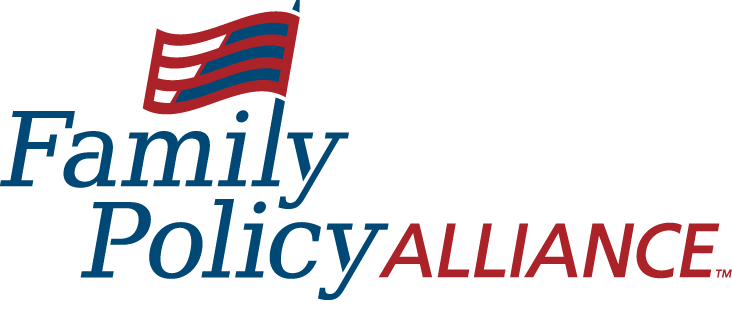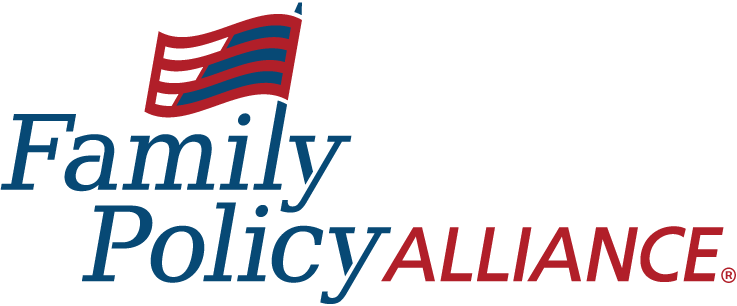
U.S. Supreme Court ruling sides with the abortion industry in denying basic care to women
For Immediate Release
June 29, 2020

U.S. Supreme Court ruling sides with the abortion industry in denying basic care to women
Women deserve better than inferior care.
Colorado Springs, CO – In today’s June Medical v. Russo decision, the U.S. Supreme Court sided with the radical abortion agenda by striking down a bipartisan law that protected women. The law in question should not have been controversial. It merely ensured women had the chance to receive continuous care if they suffered physical complications after an abortion. This law was a bipartisan effort aided by the tireless work of Louisiana Family Forum.
But today, instead of looking at the commonsense law, the Court fell back on an old, unworkable rule: virtually anything hindering access to abortion is an “undue burden” on women. But nothing could be further from the truth. Louisiana’s law was designed to protect women’s lives, not burden them.
In its decision today, the Court weaponized the law to achieve its desired end, allowing the abortion industry to continue putting profits over the health of women, providing sub-standard “care,” and appropriating the voice of its victims by illegitimately speaking for them in Court.
Abortion already creates victims among the unborn, but as Justice Alito said in his dissent: “Today’s decision claims new victims.” Women lose when the abortion industry repeatedly gets a pass on following basic healthcare standards.
Autumn Leva, Vice President of Strategy for Family Policy Alliance, criticized the Court’s analysis: “Today’s decision shows how out of step with reality the Supreme Court has become. Louisiana passed a bipartisan, common sense law that truly puts women’s safety first in their state. Instead of honoring the state’s rightful priority to protect women from abortionists like Kermit Gosnell, the Court clung to its unworkable past precedent like a farm hound with an old bone that has long lost its flavor or any helpful nutrients.
“While the Court stubbornly chews on old bones, Family Policy Alliance and the states will continue to elect courageous prolife lawmakers like Louisiana’s, pass good laws that protect both mothers and their babies, and force a change in the abortion conversation that the Court can’t ignore,” Leva continued.
The Court’s opinion was a split decision where Chief Justice John Roberts sided with the liberal wing of the Court. Justices Thomas and Alito, along with the newest Justices nominated by President Trump, Gorsuch and Kavanaugh, dissented. The decision sparks a rallying cry for prolife conservatives, demonstrating the importance of the 2020 election at the state level where strong policies to protect both women and their babies is crafted and at the U.S. Senate level where conservative justices are confirmed.
Media Contact
For general media inquiries or to request an interview with Autumn Leva, contact Robert Noland, (719) 308-2822, media@FamilyPolicyAlliance.com
